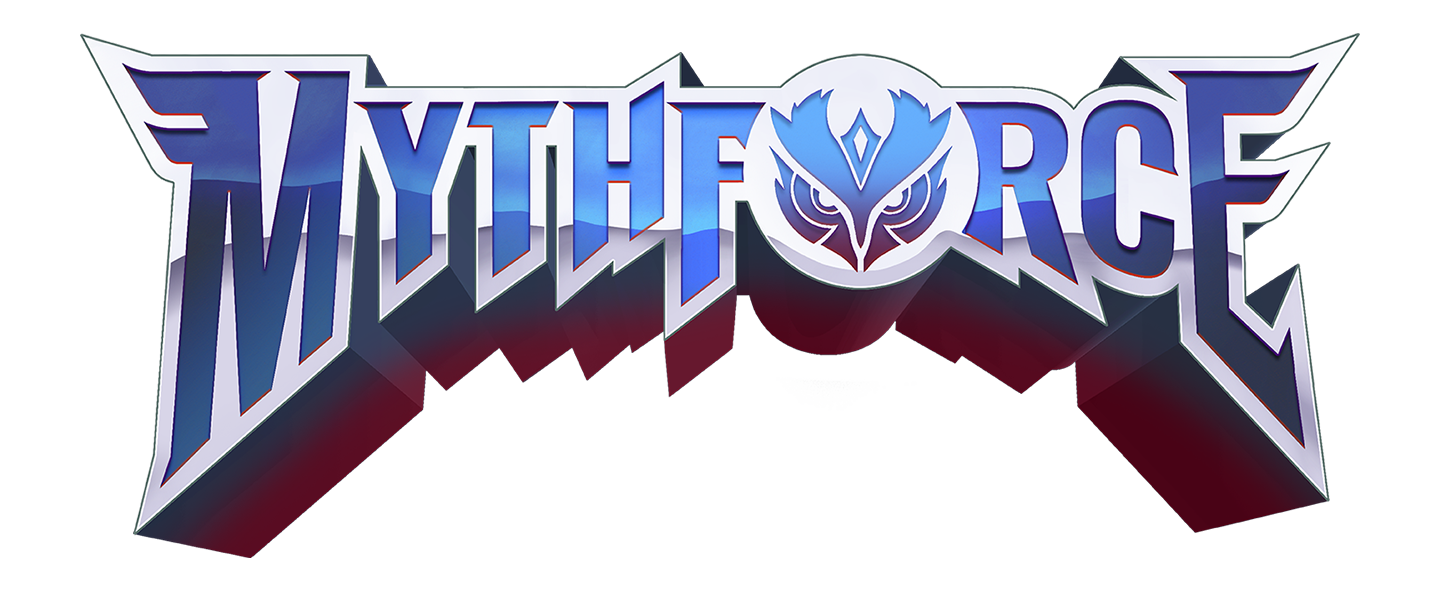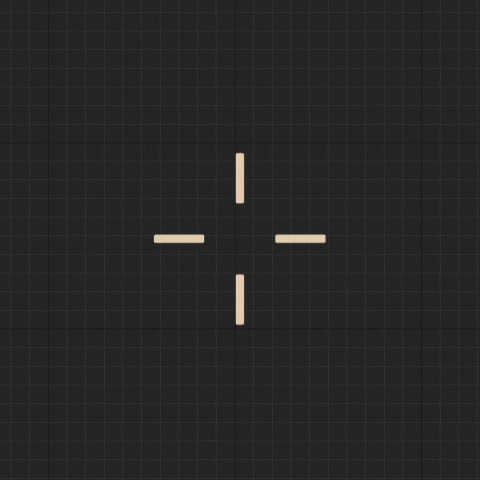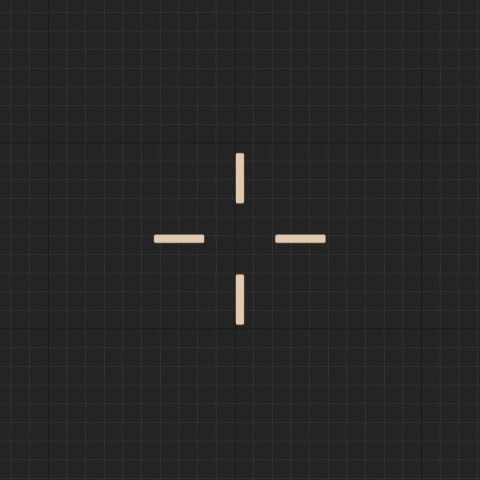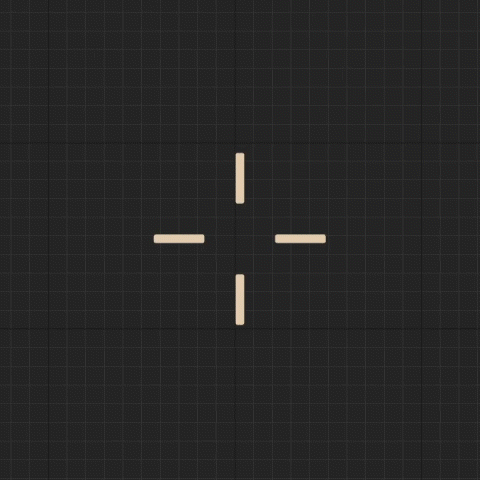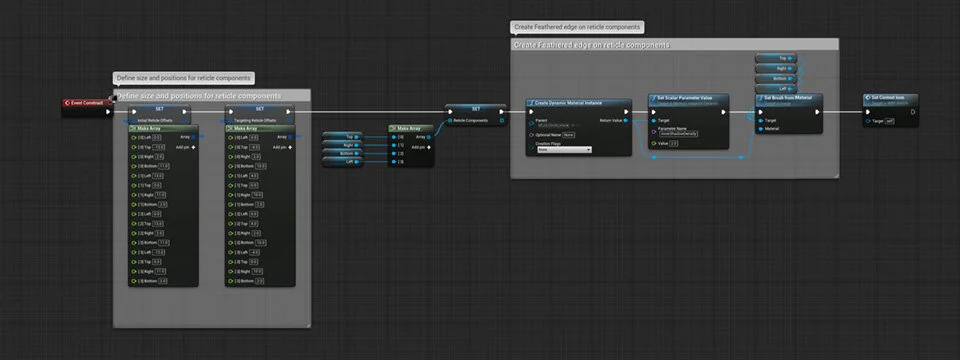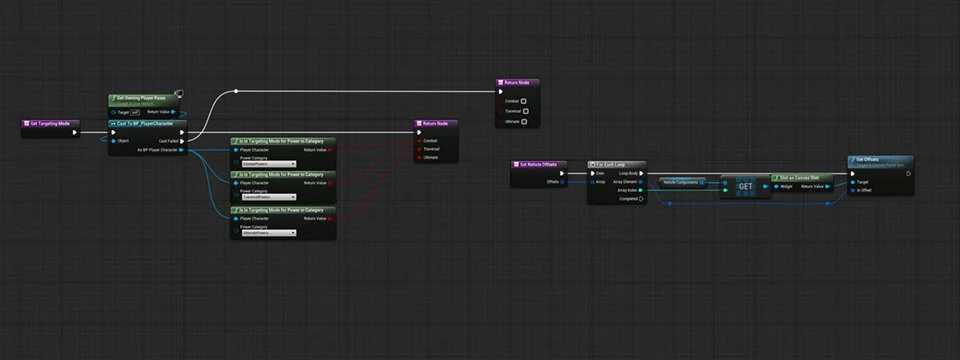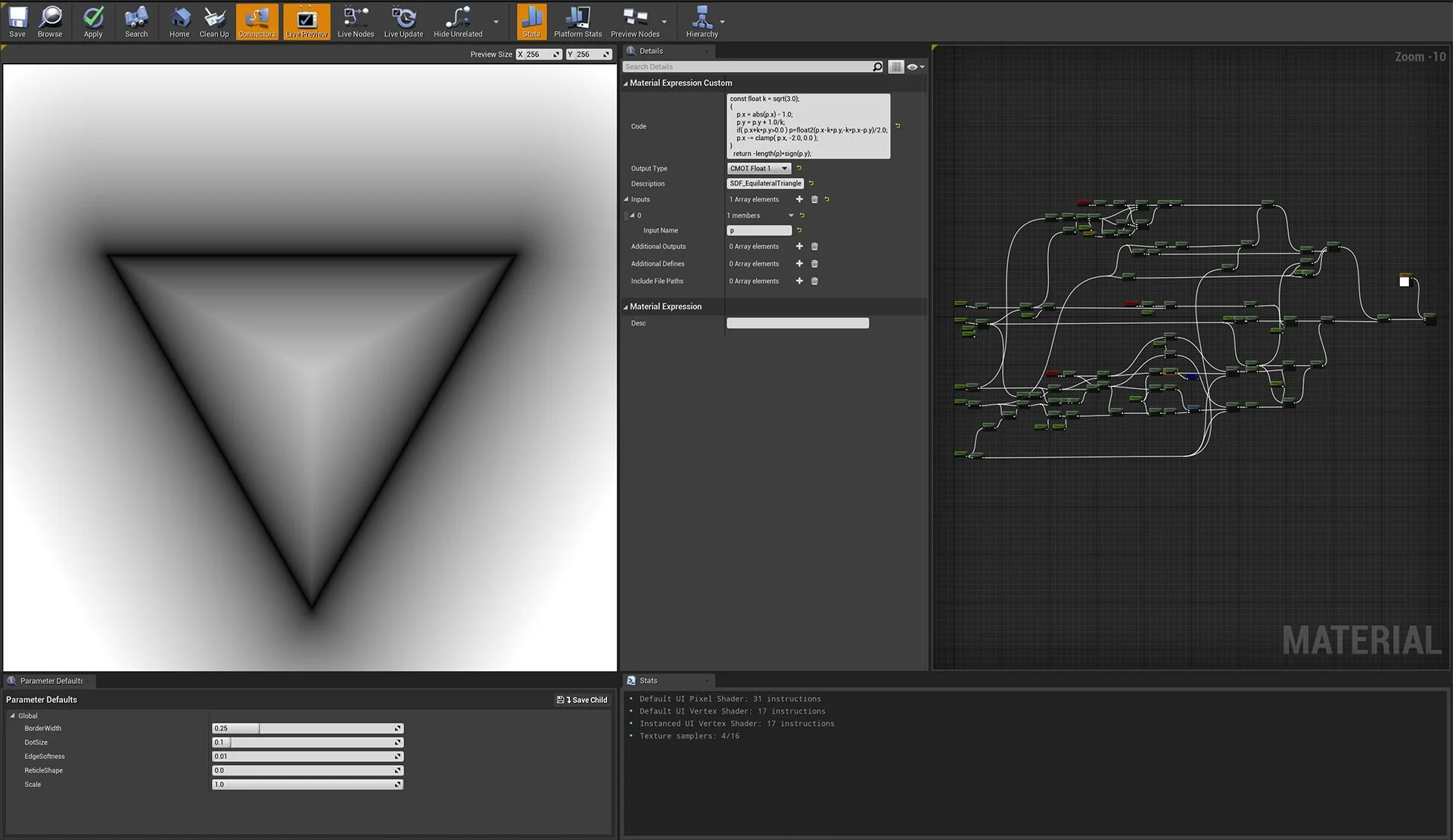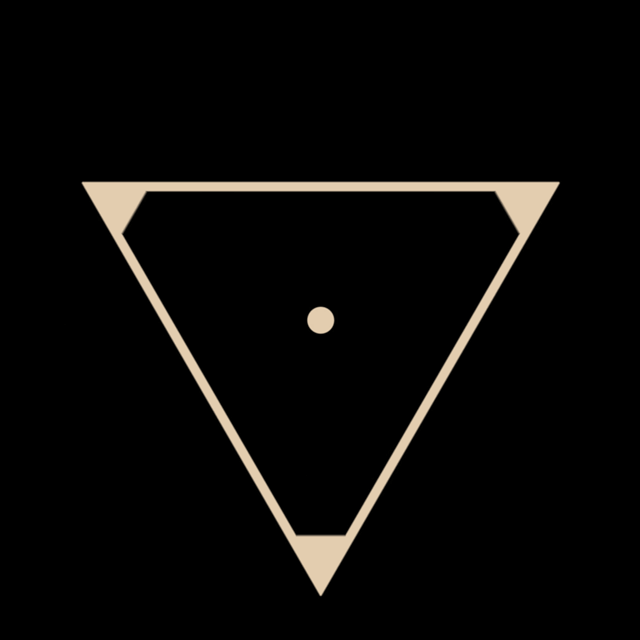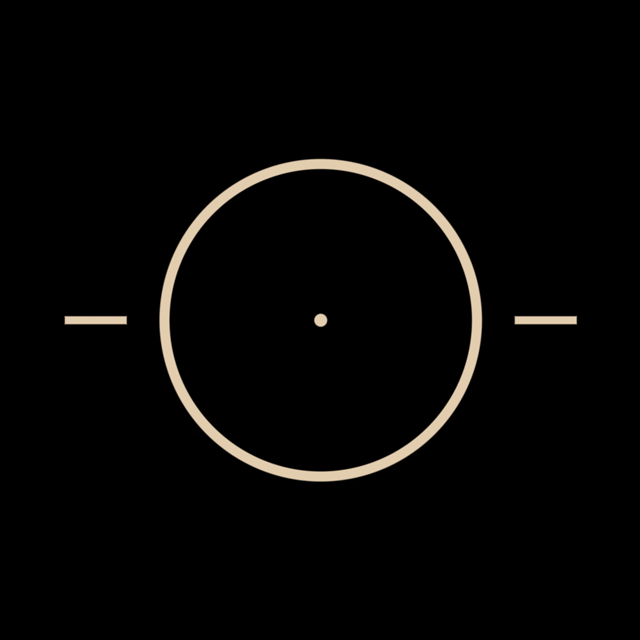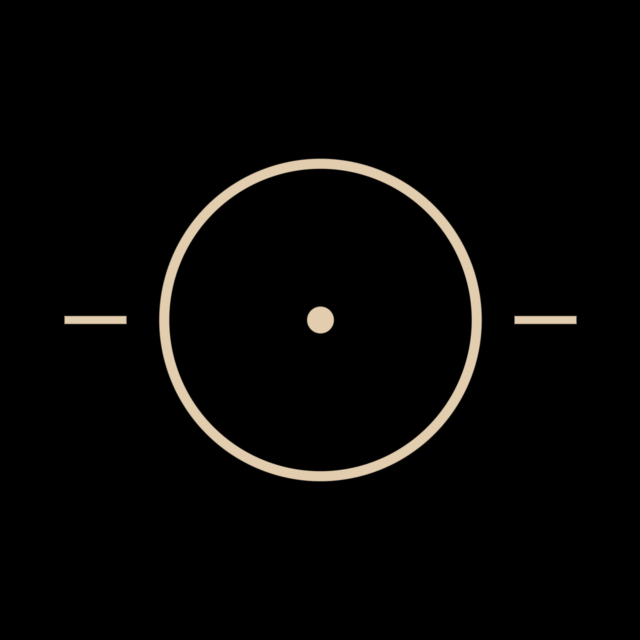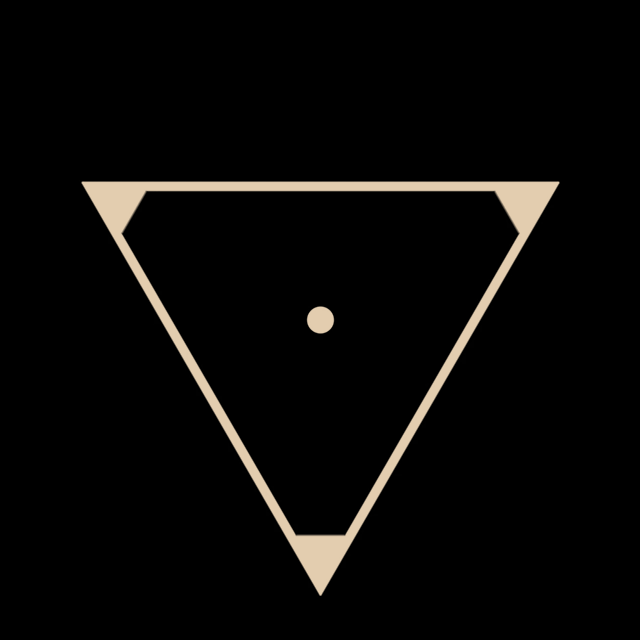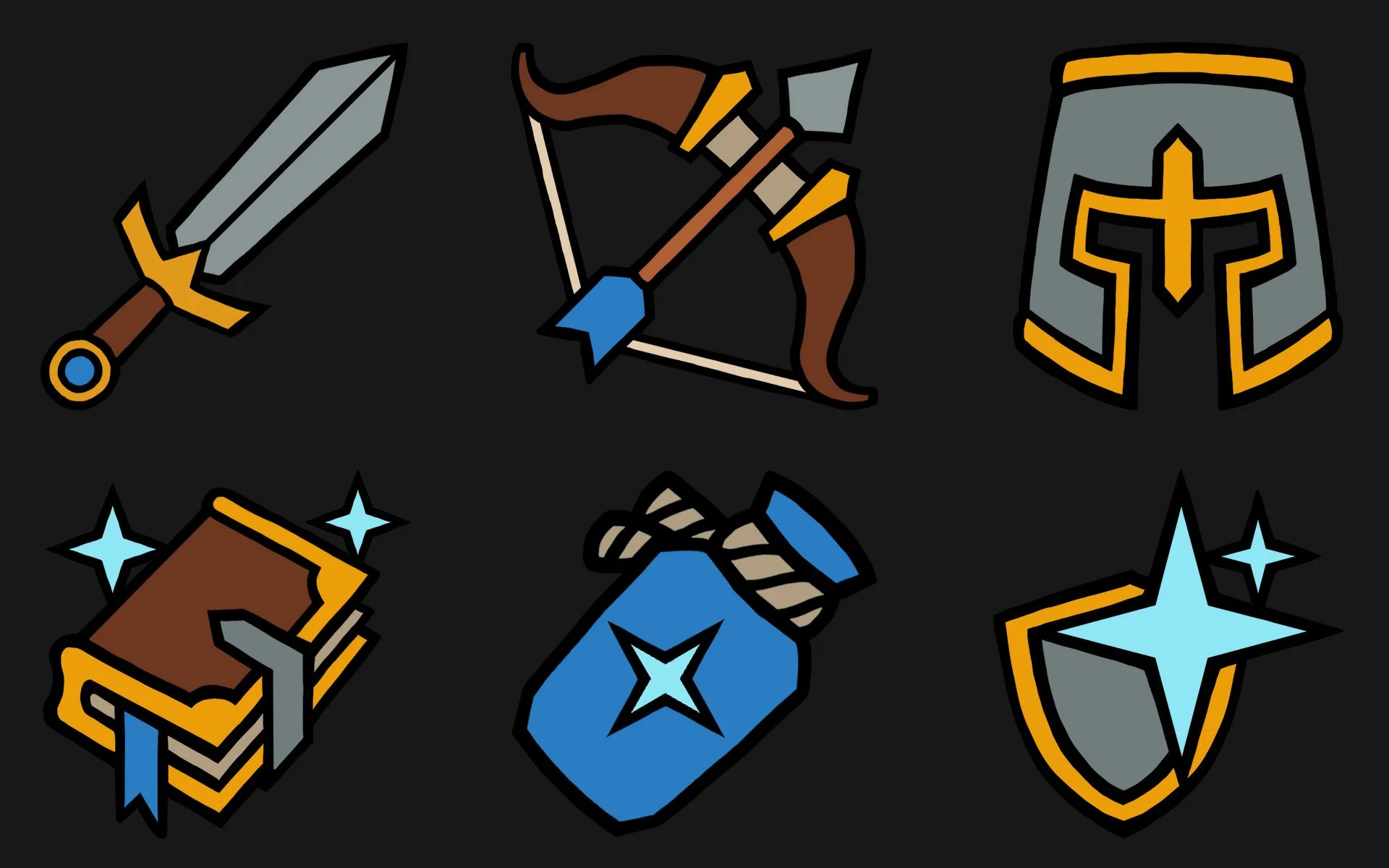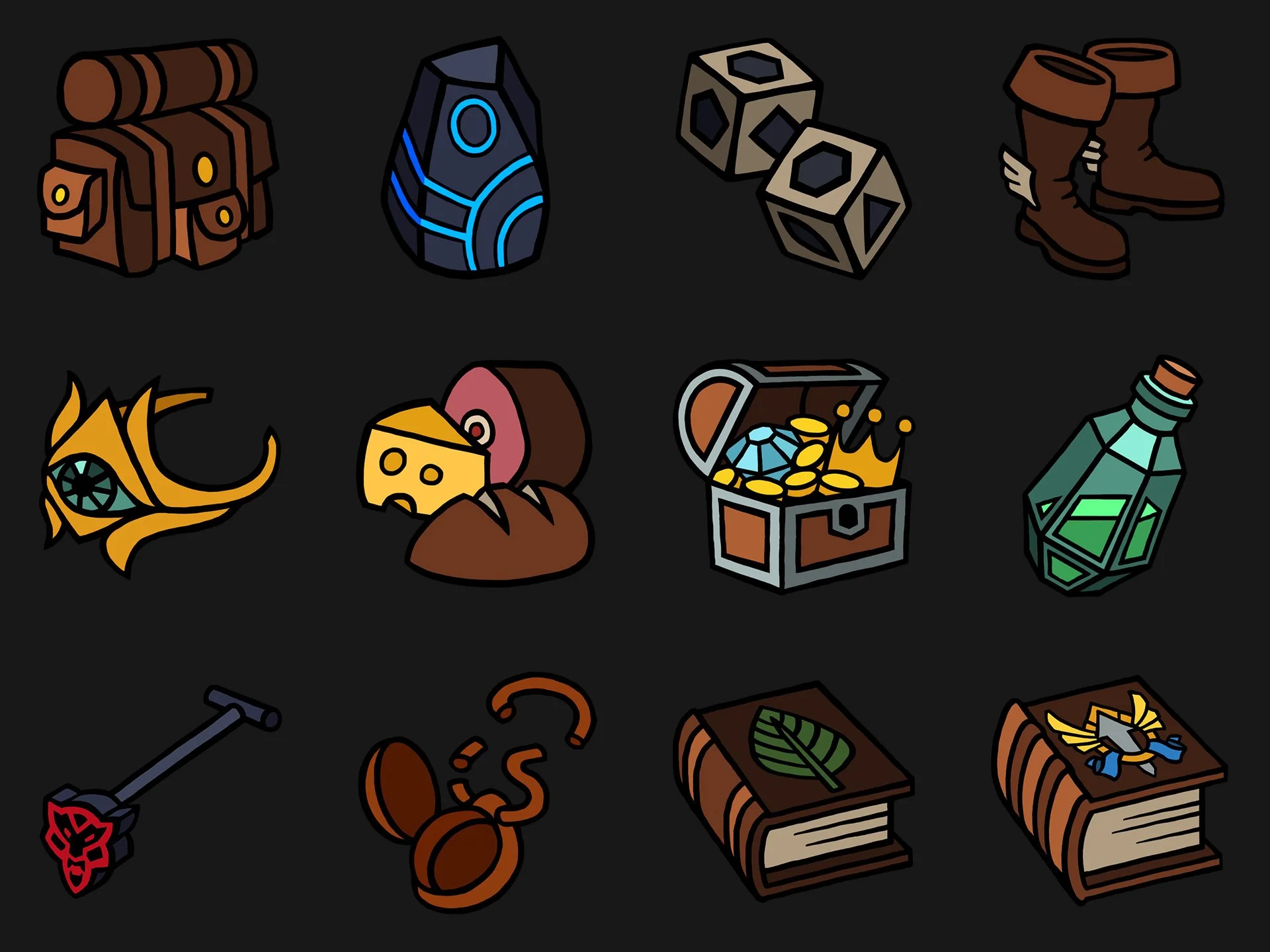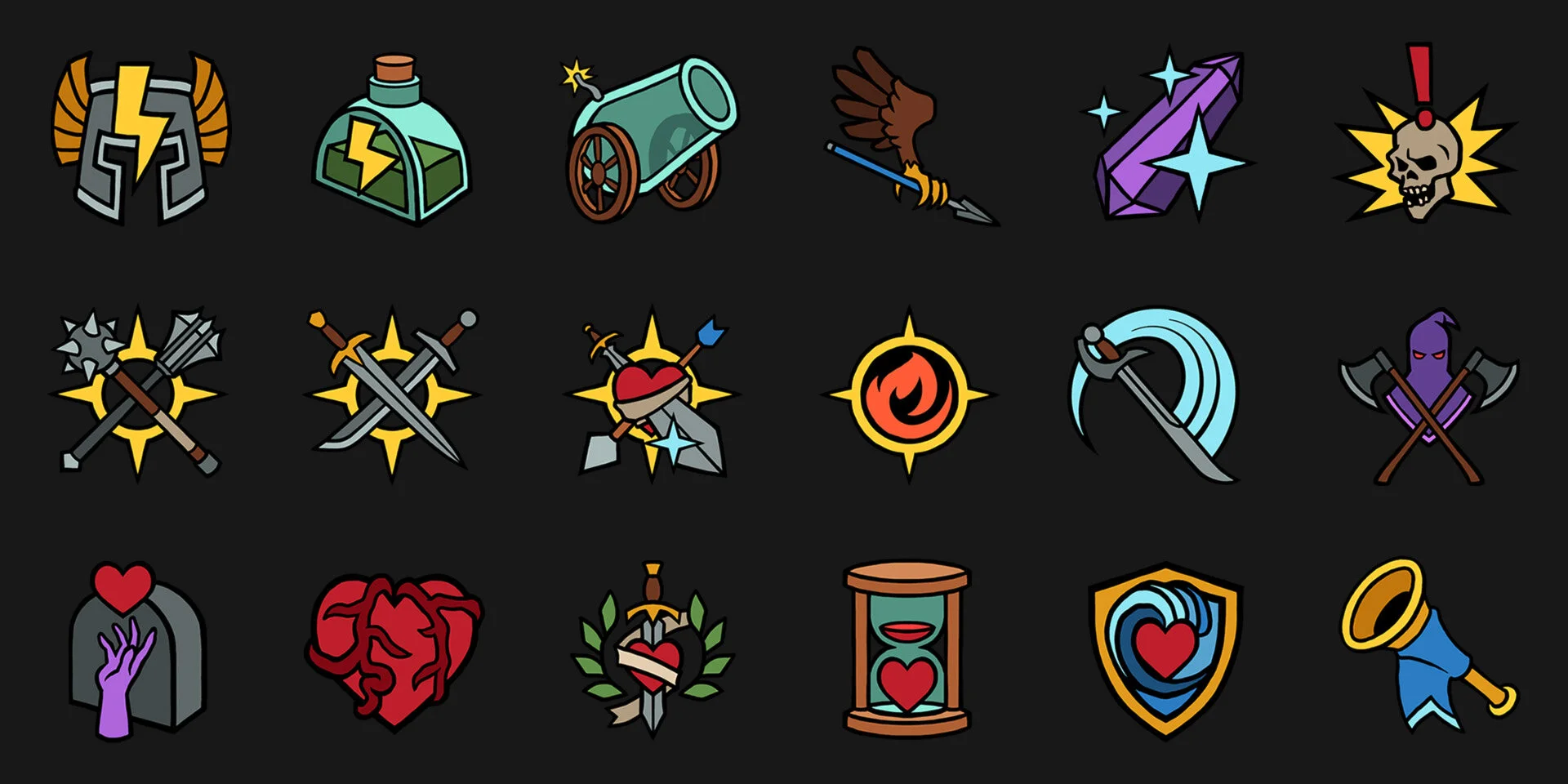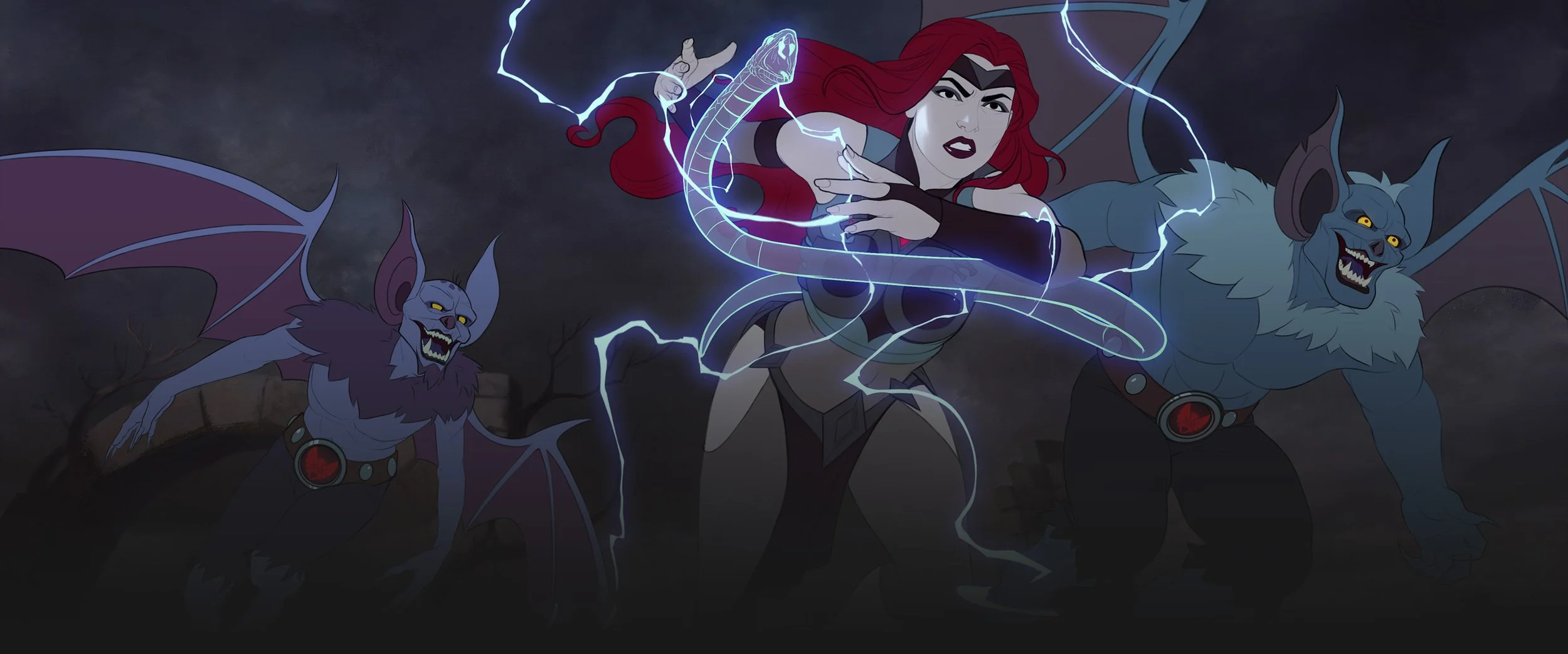
Hard-hitting combat in a fantasy adventure inspired by 80s cartoons.
Mythforce is a first-person co-op rogue-lite whose art style is heavily influenced by western animation from the 80s. In addition to working on original IP, this project presented an opportunity to dive into Unreal Engine. Artwork is brought to life using a combination of UMG, Blueprint Visual Scripting, and Materials
An initial candidate for a start screen menu background was created by applying VFX to a painting done by the concept artist. This was made in Adobe After Effects and exported as a video that was brought into Unreal.
Loading screens were made in a similar manner; by adding VFX and animating elements of the environment. While many of these effects could be accomplished in-engine, a loading screen is not a good place for displaying anything that might be demanding of the systems’ resources.
In-game 2D VFX can be authored using textures created with Photoshop and manipulated with materials in the user interface domain. Used in combination with UMG, robust and performant motion graphics can be customized to suit any need.
Other VFX are made in-engine, using a combination post-processing materials, custom shaders, and particle emitters. As the effects and abilities vary widely, their requirements are fulfilled with the methods that provide the highest degree of efficiency while ensuring the user experience is immersive and coherent with the artistic vision.
Some UI assets are created entirely within Unreal, controlling their appearance, animation, behavior, and performance with Blueprint Visual Scripting. Careful organization, structuring, and markup of the blueprints allows for smooth hand-offs to the development team.
While UMG is the right tool for almost any UI-related task, it does have limitations. Further iteration of the reticle component on the HUD exposed a need for more flexibility with animations and more easily tunable parameters.
Signed Distance Fields (SDFs) for simple 2D primitives can be constructed using HLSL code within a pixel shader, offering resolution-independent scaling and morphological animation. This produces vector-like graphics whose shapes can easily be manipulated without sacrificing quality or fidelity. Inputs are parameterized, allowing any blueprint to control the predefined aspects of the reticle’s appearance.
Icons used in the game follow a similar visual style as the character art, with solid color fills and black linework delineating shapes and planes. A hand-drawn appearance is desired, so while the linework needs to be clean and polished, some inconsistencies have been maintained.
Differing use cases for the icons needs to be kept in mind when determining characteristics such as level of detail and line weight, as some icons are seen at a much smaller size than others. Legibility and cognitive load are always kept in mind at the outset of the creation process.
Establishing a visual language by way of symbolism and meaningful application of color creates a system whose products are visually coherent and easily extensible. At the same time, considerations need to be made for imagery to support the story-telling and immersive aspects of the game.
